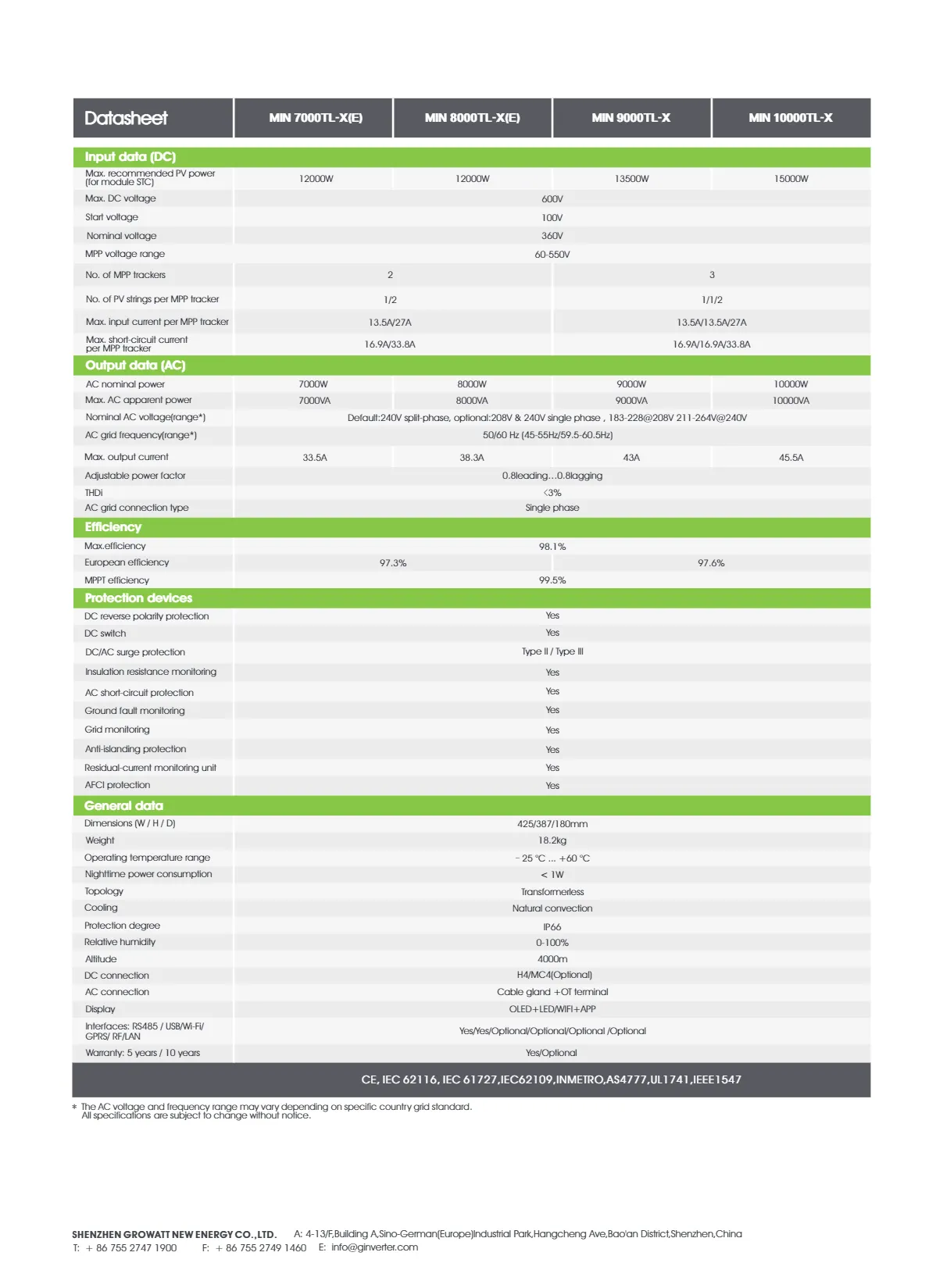Exploring the Efficiency and Design of a 48V Three-Phase Inverter for Renewable Energy Applications
Understanding the 3-Phase Inverter for 48V Systems
In the world of renewable energy and electrical engineering, the inverter plays a crucial role in converting direct current (DC) into alternating current (AC). Among the various types of inverters, the 3-phase inverter stands out due to its efficiency and effectiveness in various applications, particularly in systems that require a stable power supply, such as solar power systems and electric vehicles. This article will delve into the specifics of a 3-phase inverter designed for a 48V system, exploring its components, functionality, advantages, and applications.
What is a 3-Phase Inverter?
A 3-phase inverter is an electrical device that converts DC power into three-phase AC power. The three-phase system is used predominantly in industrial applications and commercial equipment because it provides a more consistent and reliable power flow when compared to single-phase systems. This consistency makes it ideal for driving motors and other equipment that require a steady and balanced power supply.
Components of a 3-Phase Inverter
A typical 3-phase inverter includes several key components
1. DC Supply Source The inverter requires a DC source, and in this case, a 48V power supply is commonly used, which can be derived from batteries, solar panels, or other renewable sources. 2. Switching Devices Modern 3-phase inverters utilize power electronic devices like MOSFETs or IGBTs to switch the DC voltage at high frequencies, generating the desired AC waveform.
3. Control Circuit The control circuit manages the operation of the switching devices, ensuring that the phase currents are balanced and that the AC output matches the required frequency and voltage levels.
4. Filters Filters are employed to smooth the output waveform, reducing any voltage ripple and ensuring that the AC voltage approximates a pure sine wave.
Functionality of the 3-Phase Inverter
3 phase inverter 48v

The process begins with the 48V DC supply being fed into the inverter. The control circuit employs pulse width modulation (PWM) to rapidly switch the DC voltage on and off through the switching devices. This process generates a series of voltage pulses. By appropriately timing and sequencing these pulses, the inverter produces three output waveforms that are phase-shifted by 120 degrees, creating a three-phase AC output.
The output can be used to power three-phase motors or can be fed back into the grid in renewable energy applications, contributing to overall energy efficiency and stability.
Advantages of a 3-Phase Inverter with 48V System
One of the key advantages of a 3-phase inverter operating at 48V is its inherent efficiency. This voltage level is common in energy storage applications, making it easy to integrate with battery systems and solar panels. Additionally, 48V systems generally incur lower insulation and safety requirements, reducing overall system costs.
Moreover, using a 3-phase inverter allows for better load balancing. With its capability to distribute power evenly across three phases, it minimizes losses associated with phase unbalances, ensuring that equipment operates optimally. This characteristic is particularly beneficial in industrial environments where large motors are commonly used.
Applications
The 3-phase inverter for 48V systems finds its applications in various domains
- Renewable Energy They can be used in solar inverters, aiding in the conversion of solar energy into power suitable for household consumption or grid connection. - Electric Vehicles These inverters are essential in powering electric drivetrains, converting battery stored energy into motion. - Industrial Automation They are employed in manufacturing facilities to power three-phase motors and other heavy machinery, providing reliability and efficiency.
Conclusion
The 3-phase inverter for 48V systems is an invaluable component in today's energy landscape. Its ability to efficiently convert DC into AC power while supporting a wide range of applications makes it essential for industries that rely on stable and reliable electrical systems. As technology continues to advance, the development and implementation of 3-phase inverters are likely to expand, paving the way for more efficient energy solutions.
-
Unlocking Energy Freedom with the Off Grid Solar InverterNewsJun.06,2025
-
Unlock More Solar Power with a High-Efficiency Bifacial Solar PanelNewsJun.06,2025
-
Power Your Future with High-Efficiency Monocrystalline Solar PanelsNewsJun.06,2025
-
Next-Gen Solar Power Starts with Micro Solar InvertersNewsJun.06,2025
-
Harnessing Peak Efficiency with the On Grid Solar InverterNewsJun.06,2025
-
Discover Unmatched Efficiency with the Latest String Solar InverterNewsJun.06,2025







